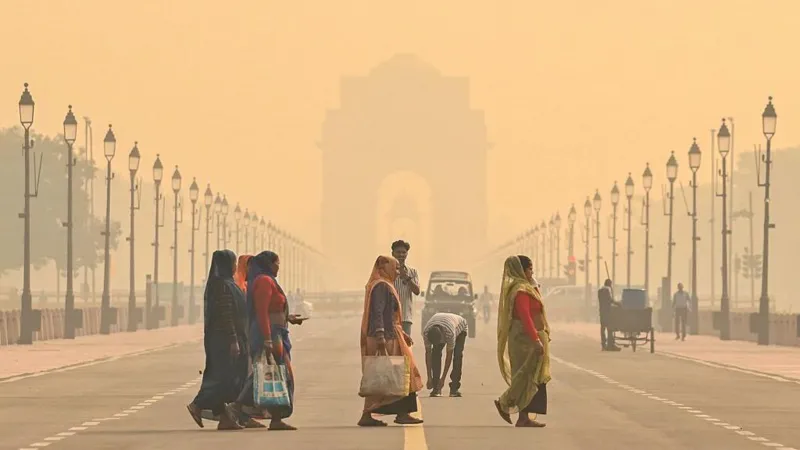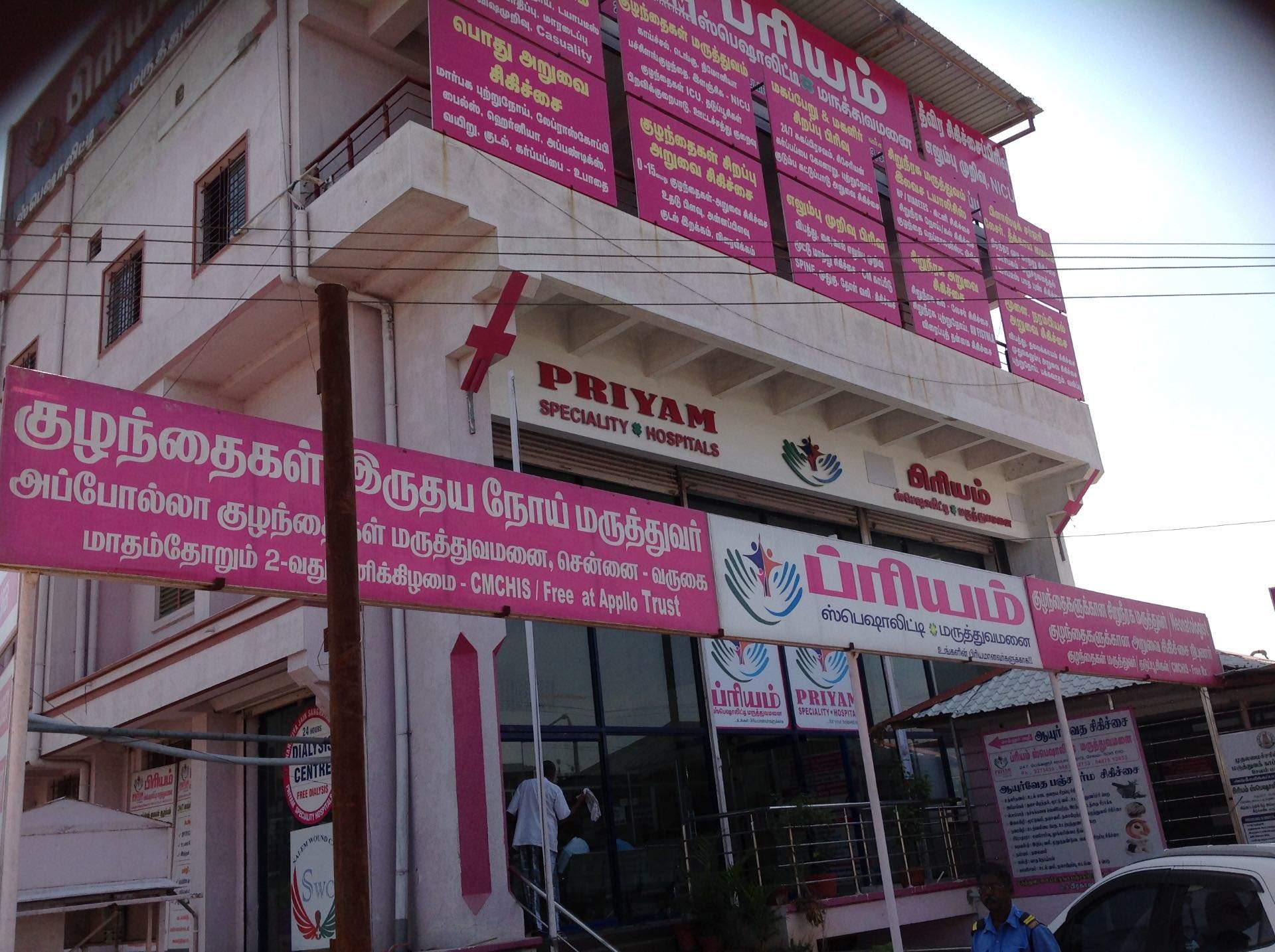
Delhi’s Cloud Seeding Experiment Falls Short Amid Toxic Smog Crisis
In an ambitious move to combat its choking air pollution, Delhi authorities attempted to create artificial rain through cloud seeding on Tuesday — but the experiment did not go as planned.
The operation, led jointly by the Delhi government and scientists from the Indian Institute of Technology (IIT) Kanpur, aimed to trigger rainfall by dispersing silver iodide and sodium chloride particles into the atmosphere using a Cessna aircraft. The idea was to stimulate precipitation and help wash away the city’s dense layer of toxic smog.
However, officials confirmed that the trial — the first of its kind in Delhi in 53 years — was “not completely successful” because of insufficient atmospheric moisture, a key factor for cloud seeding to work.
The attempt came as the capital’s Air Quality Index (AQI) continued to hover between 300 and 400, a level categorized as “severe” and nearly 20 times higher than the World Health Organization’s recommended limit. The persistent smog, caused by a mix of vehicle emissions, industrial pollution, and seasonal crop burning, has made Delhi one of the world’s most polluted cities.



